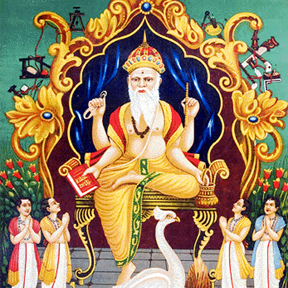
Once upon a time, in the kingdom of heaven, Shiva wanted to build a magnificent palace for himself and Parvati. He approached Vishvakarma, the god who is worshipped in many parts of the country as the divine architect, divine carpenter and the god of all arts and crafts.
Shiva knew that there was none except Vishvakarma who could do the job. He had built Indra’s grand palace, Vijayanta; the Pushpak Ratha (chariot) for Kubera and the idol of Lord Jagannath in Puri. He had introduced the science of mechanics and architecture to the gods and had created something of renown in every yuga — in Sat Yuga he built Swarga, in Treta Yuga he built Lanka and in Dwapar Yuga he built Dwarka, the residence of Krishna. He is also believed to have given all gods their names and their ornaments. His name means omnificent – one whose powers of creation are unlimited. In the Rig Veda, Vishvakarma is also known as Tvastar where the marriage of his daughter (Saranyu) to the sun god Surya is described. (RV10.17). He is also said to have sacrificed himself to himself in the Sarvamedha Yagna which was performed for the evolution of the visible world.
At Shiva’s request, Vishvakarma set to work on a palace fit for the divine couple. He spent a lot of time planning and conceptualizing the structure. After all it had to be large; it had to be full of grand structures, planned streets and gardens and; it had to be home to the most exquisite crafts. Vishvakarma used the most lustrous metals and materials at his disposal and he built a palace in a city and a city in a palace and called it Lanka.
Shiva was ecstatic and invited his disciple Ravana to perform the inaugural ceremony. Ravana readily agreed and pleased with his devotee’s actions, Shiva asked him to name the gift he would like to have in return. Smitten by the dazzle of Lanka, Ravana asked for the city as his gift. And thus he came to inhabit the palace that was once meant for Shiva.
Vishvakarma is also said to have given the gods their weapons. The story goes thus: He had a daughter named Sanjna/Saranyu whom he gave in marriage to the Sun god Surya. Sanjna was unable to bear the harsh rays of Surya and appealed to her father for help. Vishvakarma decided to reduce the dazzle of Surya and put him on his lathe machine and cut off his brilliance by one eighth. Fragments of the sun’s rays fell on earth and out of the fiery bits, Vishvakarma created the Sudarshan Chakra for Vishnu, the Trident for Shiva, Kubera’s weapons and Kartikeya’s Lance. Vishvakarma also created Indra’s weapon Vajra (thunderbolt) out of the bones of Dadhichi. Apart from Sanjna Vishvakarma fathered Nala the monkey who possessed some of his father’s skills and built a bridge by floating stones on the sea for Rama and his troops.
In Bengal, Vishvakarma Puja is celebrated on the 17 September every year. The occasion heralds the arrival of the festive season in Bengal, commencing with Durga Puja followed by Lakshmi Puja and Kali Puja /Diwali. As the presiding deity of all crafts, Vishvakarma is worshipped by engineers, architects, ironsmiths and all artisans and craftsmen. Tools used to ply a trade, machines and implements and other things that are used to build, create or produce a good are worshipped on this day. In Kolkata you can see cars adorned with marigold garlands as owners propitiate the engines that power their vehicles. The idol of Vishvakarma is modelled with four hands in each of which he carries a book, a noose, a water-pot and tools. However the deity is said to have faces hands and feet in all directions with which he created the heaven and the earth.
Vishvakarma Puja coincides with “ranna puja” or cooking festival in Bengal which is widely celebrated in the villages and peri-urban areas. On the day preceding the Puja, the kitchen is scrupulously cleaned up, the clay oven is built anew, and new earthen pots are purchased in which multifarious dishes are cooked including different variety of sweets. While the cleaning is done throughout the day by the womenfolk, the cooking is done through the night after fasting during the day. The cooking must be done after a bath. The next morning the oven is not to be lit. The clay oven is worshipped and Puja is offered to the Snake Goddess Manasa. The food cooked during the previous night is offered in Puja. Neighbours and relatives are invited to have the food which must be served cold.
There is a rationale behind the scrupulous cleaning of the kitchen and the clay oven. The monsoon months cause extensive flooding in the villages with water entering the mud houses and snakes sometimes slithering into the houses and coiling up near the warm oven. The cleaning up of the kitchen thus forms an important activity for the safety of the house and therein lies the significance of trying to propitiate Ma Manasa. On the day of the Puja the people in West Bengal also participate in a kite flying festival. Until some years back the kite flying was held on a grand scale with folks of all age groups participating in competitions in different parts of the city. The celebrations have been much scaled down over the years with high rises having taken the place of rooftops of single / double storied buildings and life getting busier and difficult for people.
STORY COLLECTED BY: Sumitra Sen
TEXT SOURCE: Indian Mythology by Veronica Ions, Pouranik Avidhan by Sudhir Chandra Sarkar, Rig Veda
STORY TOLD BY: Inputs for this story came from Sita, Anjali and several others who have worked in my house in Kolkata over the last 39 years







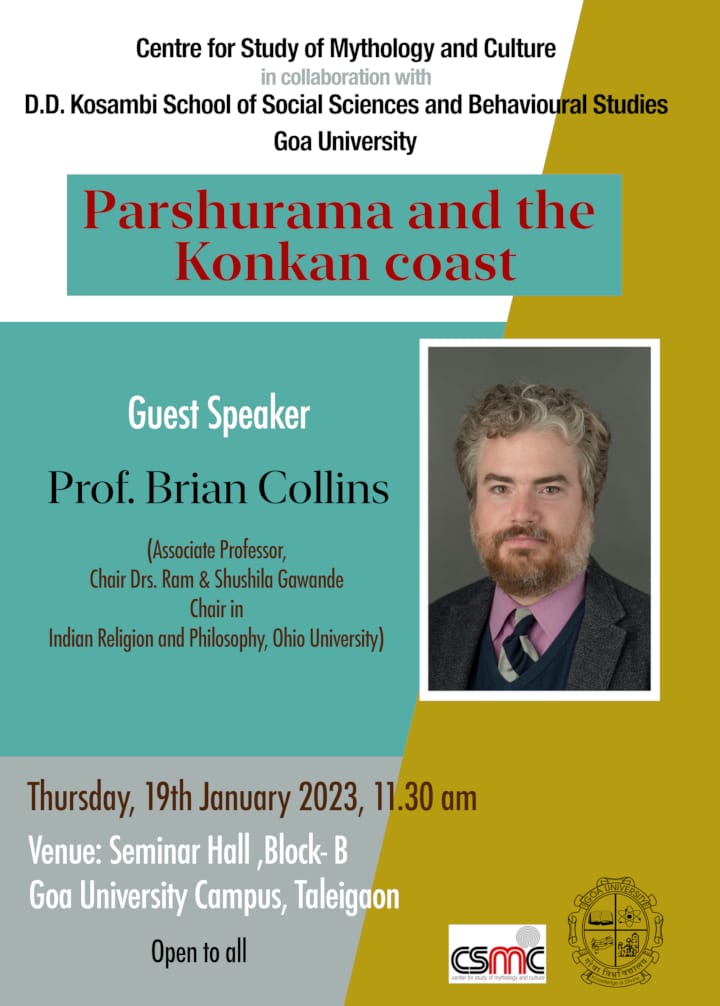
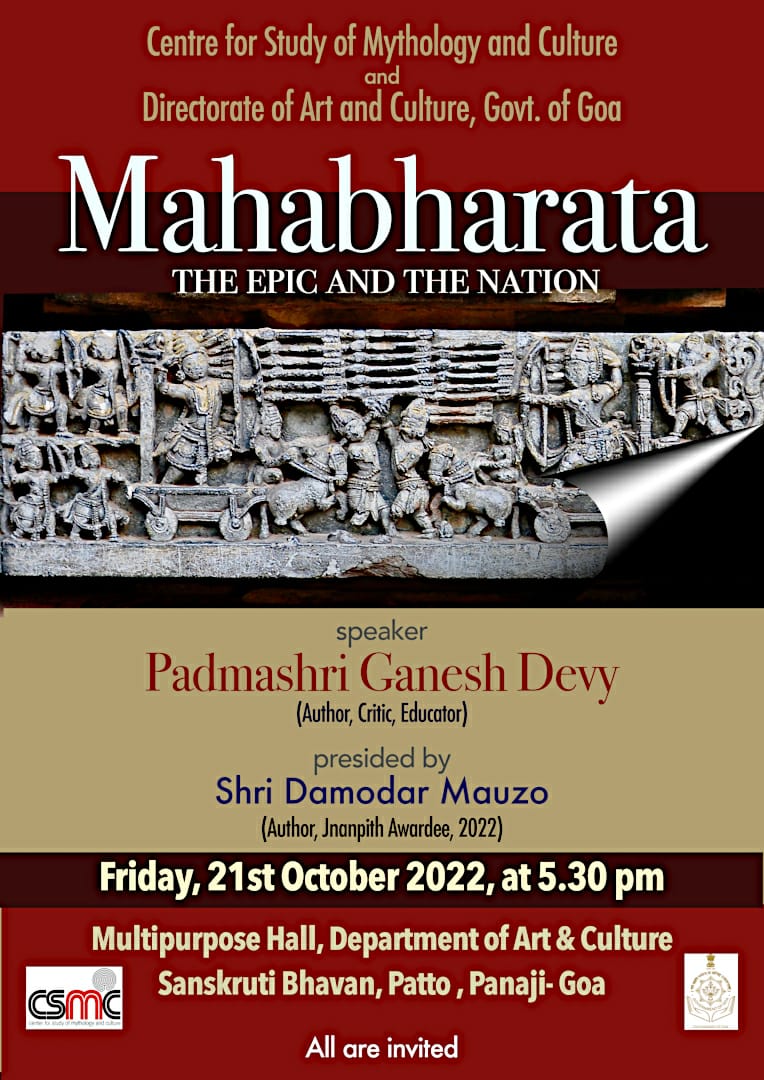
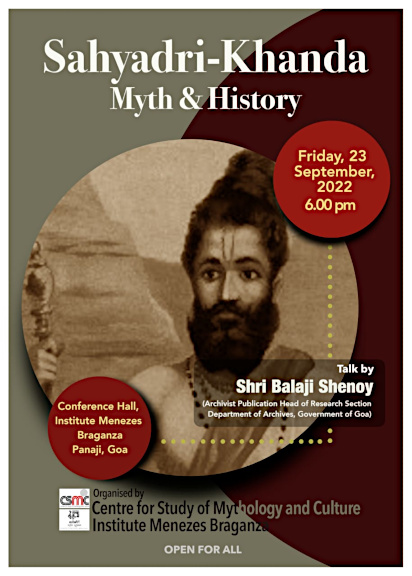
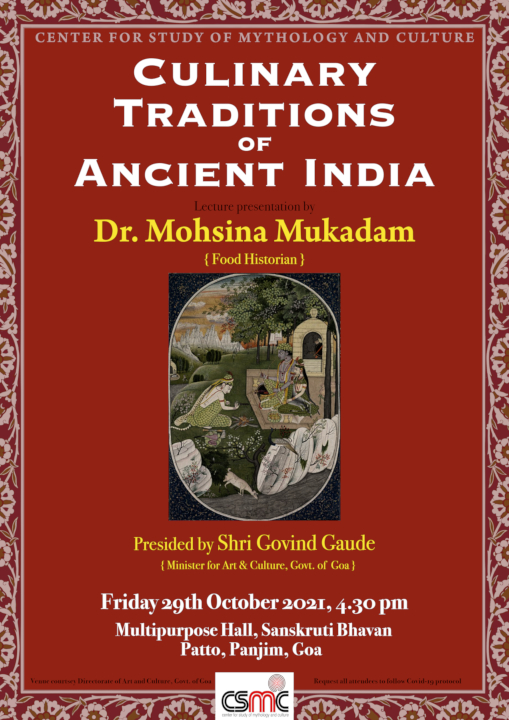

Leave a Comment